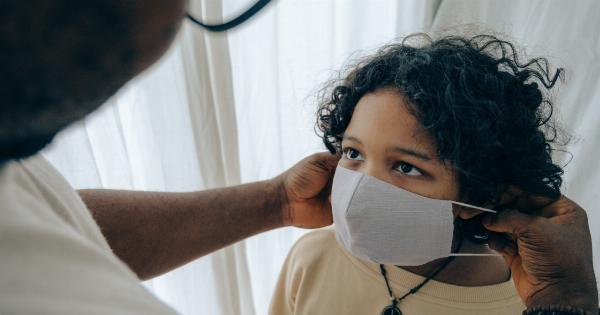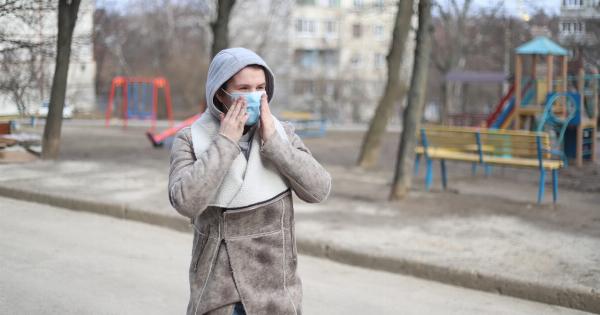Hand sanitation is a crucial part of maintaining good personal hygiene and preventing the spread of germs.
Proper hand hygiene practices, such as washing hands with soap and water or using hand sanitizers, can significantly reduce the transmission of harmful bacteria, viruses, and other pathogens.
The Role of Germs in Disease Transmission
Germs, also known as microorganisms, are microscopic organisms that can cause infections and diseases. These microorganisms can be present on various surfaces, including our hands.
When we touch our faces, eat, or come into contact with others, we can unknowingly transfer these germs, leading to illness or transmission to other people.
How Germs Spread from Hands
Our hands come into contact with countless surfaces throughout the day, making them a prime vehicle for the spread of germs.
When we touch surfaces that are contaminated with germs and then touch our faces, eyes, nose, or mouth, we provide an entry point for these microorganisms into our bodies.
In addition, when we shake hands or come into close contact with others, we risk transferring germs from our hands to theirs.
This cycle continues as the other person touches their face or contacts other surfaces, potentially spreading the germs further.
Proper Hand Sanitation Techniques
To effectively fight germs, it is essential to practice proper hand sanitation techniques. The two most common methods are washing hands with soap and water and using alcohol-based hand sanitizers.
Handwashing with Soap and Water
Handwashing with soap and water should ideally be performed for at least 20 seconds, following these steps:.
- Wet your hands with clean, running water
- Apply enough soap to cover all surfaces of your hands
- Rub your hands together, palm to palm, creating a lather
- Scrub all surfaces of your hands thoroughly, including the back of your hands, between your fingers, and under your nails
- Rinse your hands under clean, running water
- Dry your hands using a clean towel or air dry them
Using Alcohol-based Hand Sanitizers
When soap and water are not readily available, alcohol-based hand sanitizers can be used as an alternative. Follow these steps to correctly use hand sanitizers:.
- Apply a palmful of sanitizer to one hand
- Rub your hands together, ensuring that the sanitizer covers all surfaces of your hands and fingers
- Continue rubbing until the hand sanitizer has dried completely
The Time it Takes to Properly Sanitize Hands
The time it takes to fully sanitize hands depends on the method chosen, adherence to proper techniques, and the product used.
Handwashing with Soap and Water: 20 Seconds
According to the Centers for Disease Control and Prevention (CDC), it is recommended to wash hands with soap and water for at least 20 seconds.
This duration allows enough time to create a lather, effectively clean all surfaces of the hands, and rinse off the soap.
Using Alcohol-based Hand Sanitizers: 20-30 Seconds
For alcohol-based hand sanitizers, a similar timeframe of 20 to 30 seconds is recommended for effective sanitization.
This duration ensures that the sanitizer is distributed and rubbed over all areas of the hands until it evaporates completely, killing the germs present.
Factors Affecting Hand Sanitation Time
Several factors can influence the time it takes to sanitize hands properly. These factors include:.
Type and Amount of Soap Used
The type of soap used can affect the time taken for handwashing. Some soaps may require more time to create a proper lather and effectively remove germs. Similarly, the amount of soap used impacts the coverage and efficacy of handwashing.
The Technique and Thoroughness of Handwashing
The technique and thoroughness with which hands are washed also play a role. Washing all surfaces of the hands, including the back, between the fingers, and under the nails, ensures maximum coverage and removal of germs.
Type and Concentration of Alcohol in Hand Sanitizers
Alcohol-based hand sanitizers vary in their concentration of alcohol. Higher concentrations of alcohol generally require less time to dry, ensuring proper sanitization.
Some sanitizers may contain other ingredients or moisturizers, which may also affect the drying time.
Contamination Level of Hands
The initial contamination level of hands can influence the time needed for effective hand sanitation. Heavily soiled or visibly dirty hands may require additional time and effort to remove dirt and germs entirely.
Drying Time for Hands
After washing hands with soap and water or using hand sanitizers, the time taken for hands to dry can vary. Air drying and towel drying both affect the overall duration of the hand sanitation process.
Conclusion
Hand sanitation is a vital aspect of preventing the spread of germs and keeping ourselves and others safe and healthy.
Whether through handwashing with soap and water or using alcohol-based hand sanitizers, it is crucial to dedicate the necessary time to ensure proper sanitization. By understanding the recommended hand sanitation techniques and considering various influencing factors, we can effectively fight germs and reduce the transmission of harmful microorganisms in our daily lives.




























